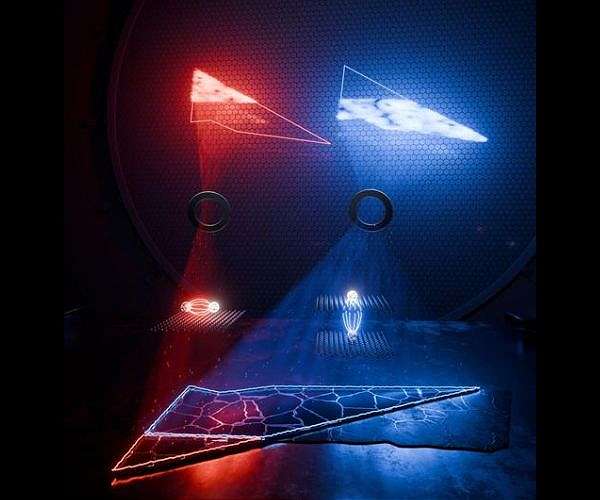A look in the dark
An international team of researchers, led by the University of Gotingen, has introduced a new technique to observe the formation of dark excitons – elusive energy managers with potential applications in solar cells, LEDs and detectors. Their findings, published in *Nature Photonics *, offer new insights into these energy states, which had previously been a challenge to follow in real time.
Dark excitons are particle couples formed when an excited electron leaves a positively charged vacancy or “hole”, which remains bound by Coulomb interaction. In contrast to typical excitons, dark excitons do not turn out light, making them difficult to detect. These states are especially important in Ultradunne, two-dimensional semiconductor materials, where they can influence the efficiency of future opto-electronic devices.
Professor Stefan Mathias and his team at Gotingen University have previously described how dark excitons form and behave with the help of the quantum mechanical theory. In their newest study, they further led the field by developing “ultra -fast dark field momentum microscopy” to immediately observe these excitons in real time. Through this new approach they were able to keep track of the formation of dark excitons in Tungsten Diselenide (WSE2) and Molybdendisulfide (MOS2) with an unprecedented temporary resolution of only 55 femtoseconds (0.00000000000000055555555555555teds) and a spatial resolution ).
“This method enabled us to precisely measure the dynamics of load carriers,” said Dr. David Schmitt, the first author of the study of the Faculty of Physics at Gotingen University. “Our results offer fundamental insights into how material properties influence the movement of cargo carrier, which can be used to improve the efficiency of solar cells.”
Dr. Marcel Reutzel, leader of the junior research group in the Mathias team, emphasized the broader implications of the technology: “This approach is not limited to the specific systems we have studied. It can also be applied to new materials, so that the limits of The boundaries are shifted material science and nanotechnology. “
The findings open the door to optimize opto -electronic devices by better understanding the behavior of dark excitons. With improved efficiency in solar cells and other applications, this breakthrough offers exciting opportunities for future progress in renewable energy and semiconductor technology.
Research report:Ultrasnelle Nano image of dark excitons


